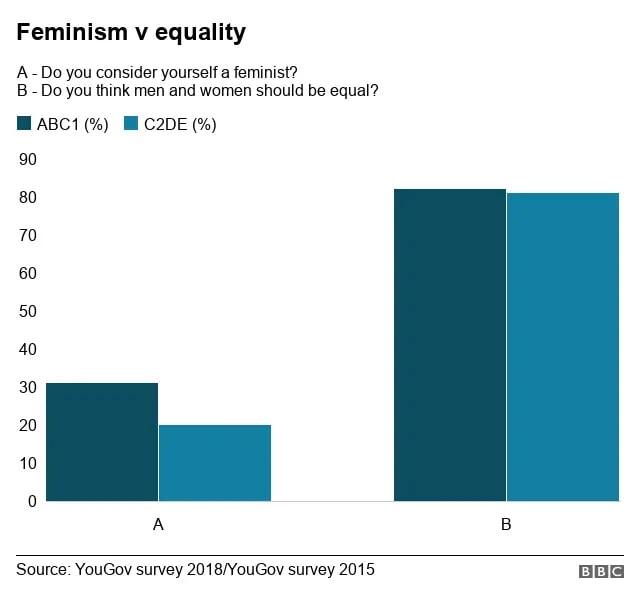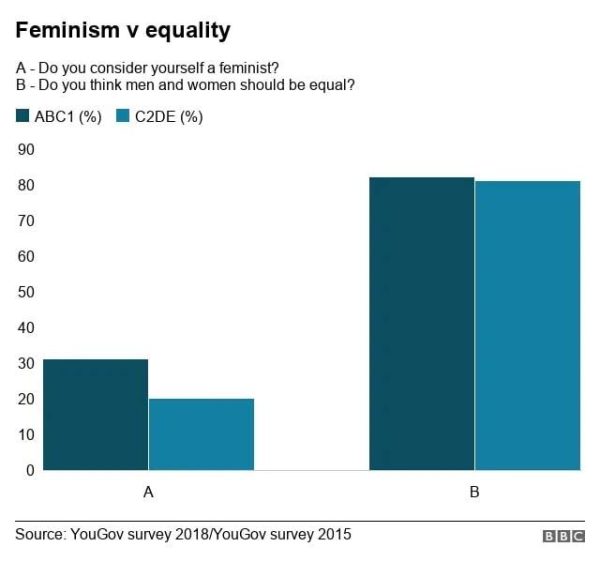HFC’s, Devils in Disguise

Photo courtesy of National Observer
Air conditioners that use HFCs as coolants stacked in windows on a building.
The world has been struggling with climate change for the last several decades, and easy, short-term solutions are hard to come by. However, Biden’s new policy on hydrofluorocarbons, or HFCs, is just that.
The earth has warmed by a full degree Celsius, and HFCs, a greenhouse gas often used in refrigeration and insulation, are being limited, which has the potential to lower global temperatures by a full degree Fahrenheit. HFCs are the coolant that comes with the AC unit that stays in the AC the entire time you have it. Many substitutes are already in the works, such as propane and ammonia. According to Drawdown, a book written by scientists all over the world, limiting HFCs is one of the top viable options and is an efficient adjustment. It has the potential to reduce CO2 emissions by 57.75 gigatons by 2050.
The shift will cost the world US$ 629.25 billion according to Drawdown. A large part of the cost comes from disposing of refrigerants currently in circulation. 90% of emissions caused by HFCs occur after they have left circulation. Storage systems that limit emissions are robust and expensive, but it is required to safely dispose of HFCs.
Climate change deniers might denounce the earth’s dramatic warming and cooling to natural causes. However, this is frankly ludicrous. It’s like comparing apples to oranges and saying they are the same because they are both fruits. Saying that because the earth has warmed without humans in the past means that it is now warming on its own is the same as saying; apples and oranges are both fruits, so therefore they are the same.
According to The European Commission, propane and ammonia-based alternatives are very effective in commercial and industrial environments, and isobutane is an effective alternative for domestic situations. The US is already leading in the alternatives market, which opens up big opportunities for American industries. Leading the world in HFC replacement manufacturing is a huge opportunity and could be a big boost to the U.S economy. A full degree Fahrenheit has the potential to outweigh the cost of moving towards friendly alternatives. However, the U.S economy can definitely afford it. In 2008 during the economic crisis, the US government spent 700 billion dollars to bail out big banks. That was in the face of a crisis. We are currently in the face of a crisis, and if we were willing to spend that amount of money then, we should be able to spend it now.
Hydrofluorocarbons were originally a replacement for CFCs and HCFCs, two refrigerant chemicals that were destroying the ozone layer. According to Drawdown, HFCs were developed because of their ability to spare the ozone layer, however, that came at a cost. HFCs have 1000 to 9000 times the effect on warming the globe than CO2. CO2 is one of the biggest culprits in the environment now, so that staggering statistic is terrifying. The power HFCs have is truly scary.
According to Climate.gov, the earth has already warmed a full degree Celsius since 1901. This is enough to bleach coral reefs around the world. As time goes on, the globe will warm at an exponential rate. According to The BBC, temperatures by 2050 could have risen by an average of 2.9 to 3.4 celsius if we do nothing to fix the problem. Things like storm cells and coral bleaching will become much more severe. Here in Aspen, we can already see how it has affected us with warmer summers and winters, less snow, and worse droughts. Fires are raging across Turkey, the Amazon, and the USA. Entire towns have been burnt to the ground. Right now, there doesn’t seem to be an end in sight. We have the power to make a difference, and phasing out of using HFCs could lower global temperatures by a full one-degree Fahrenheit. This would be a massive step towards fixing climate change.
Limiting HFCs is an easy solution. It is a relatively simple and quick adjustment, and it doesn’t require us to entirely change the way we live. In fact, it doesn’t require us to really change at all.
Not only can we in Aspen easily make this change as we don’t use a lot of AC in the first place, but if we can start to reverse climate change, it will show our world leaders that we can fix this and that we want to. This easy solution is inspiring to others and pushes us to continue to make small changes in our lives that make us more eco-friendly. We only have one planet to live on, only one chance to stop our own ruination. It is not too late to save ourselves and our amazing planet. We can do this, one step at a time.

This is Beau's second year with The Skier Scribbler. He is a junior and is passionate about the environment. He likes to rock climb, ski, and be outside. ...






















